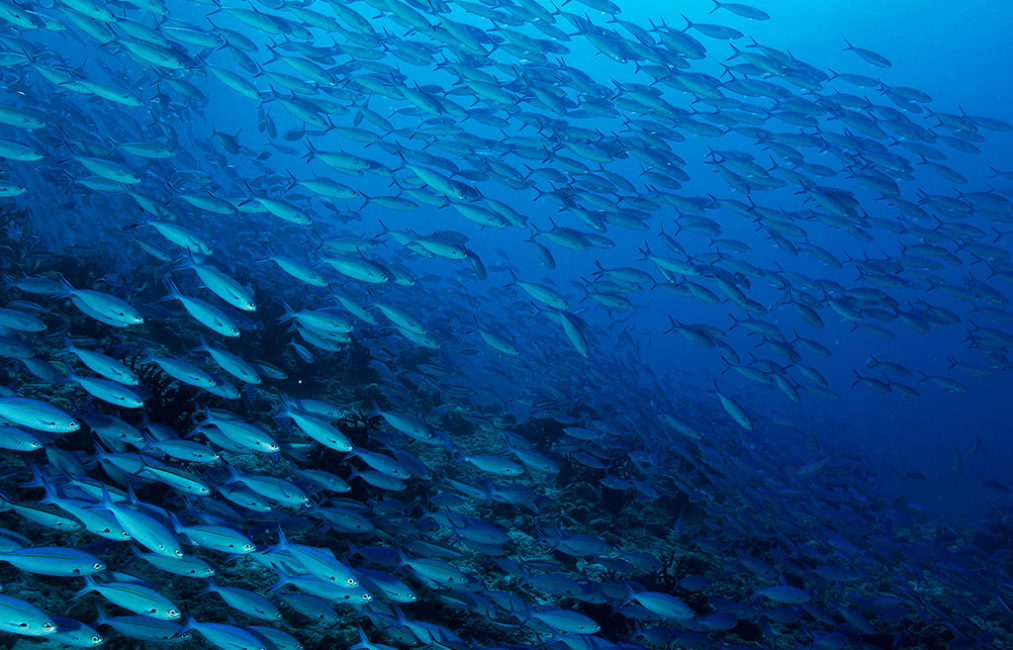mediaX Thought Leader Helps Island Nation Revolutionize Ocean Conservation

A tiny Pacific Island nation is reimagining ocean conservation with guidance from Stanford researchers and international experts. In January Palau is closing 80 percent of its ocean waters to fishing, creating one of the largest marine protected areas in the world. It is the largest percentage of a country’s exclusive water with a fully protected designation – an area twice the size of Mexico.
Marine protected areas help protect cultural resources and marine life, while enhancing the resilience of resources, such as seafood, benefiting fisheries and supporting other industries such as tourism. The sanctuary stands to lend important insights to other island communities that are reliant on the oceans for economic growth and food security amid mounting climate impacts, including rising sea levels and acidification.
“Marine protected areas are cornerstones of conservation and economic development,” said Fiorenza Micheli, co-director of the Stanford Center for Ocean Solutions. “Palau is driving investment in large-scale protection to benefit people and the ocean. It is a beacon to the rest of the world.”
Reduced pressure on reefs, diversification of domestic food sources, and reduced reliance on imports can also improve the short- and long-term stability of the seafood supply in the face of environmental, political and economic change. The sanctuary is a critical piece in building a food-secure future for all Palauans.
Read the entire Stanford News Story by Nicole Kravec HERE